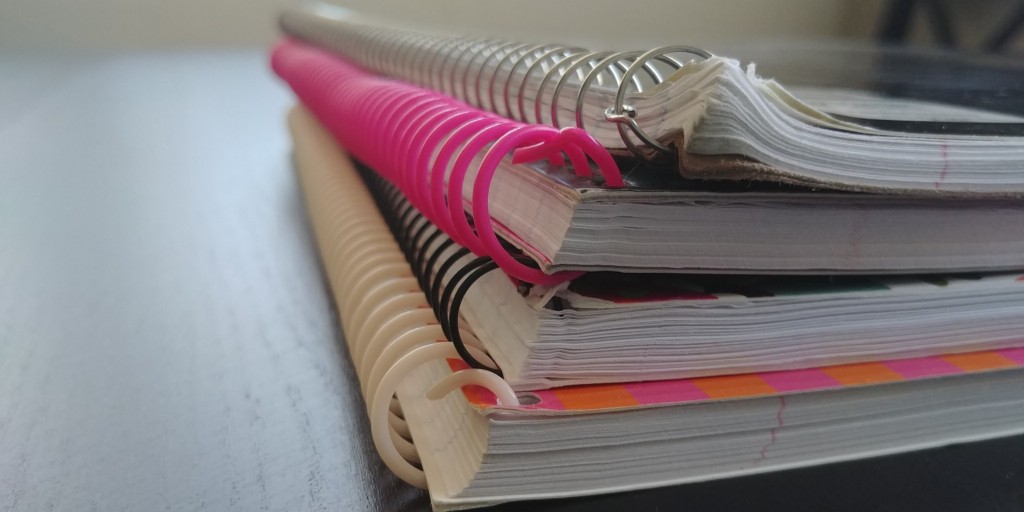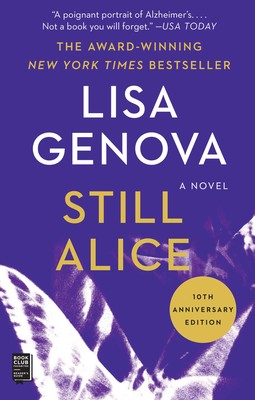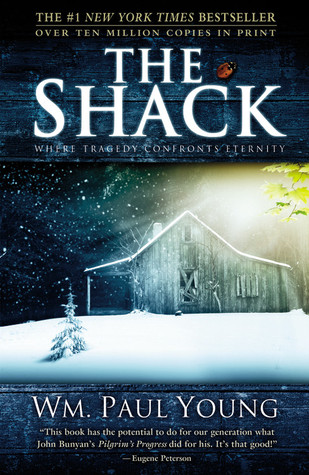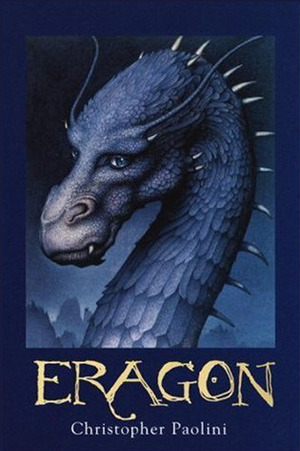Reading Lists
11 Books That Prove There’s Nothing Wrong with Self-Publishing
Sick of the query-and-rejection grind? Check out these wildly successful authors who took matters into their own hands

No one likes to be told “no.” Whether it’s a child asking for a cookie or a guy handing out fliers on the street, getting turned down hurts. But if you’re a writer, it’s also just part of the job. Getting published is hard, and even successful writers were often rejected dozens or even hundreds of times before something clicked. Too bad you can’t skip the whole query letter part of publishing and do it all yourself.
Except that technically, you can. Self-publishing has existed just as long as traditional publishing, and the current digital age has made the distribution of independent literature more accessible than ever. Of course, some would argue that although self-publishing a work is possible, it won’t land a writer anywhere but in debt. Print-on-demand services demand huge out-of-pocket investments, and online options like Amazon are so flooded with dime a dozen romances that not even the algorithms can sort them out. The results of trying to publish a book on your own are often lackluster at best.
Here is my rebuttal to all the self-publishing naysayers out there: self-publishing may be tough, but as an alternative to traditional publishing it is exactly what we need to give little voices a chance to grow loud. Many of the big names that float around now got their start with self-published literature. They are proof that going the self-publishing route now can lead to greater things down the line.
Still Alice by Lisa Genova
New York Times best selling novelist and a neuroscientist on top of that, Lisa Genova jump-started her writing career with Still Alice back in 2007. Self-published with iUniverse’s print-on-demand service, Genova sold copies out of the trunk of her car for about two years, along with discussion guides in support of people with Alzheimer’s and their caretakers. This was a huge force in getting conversations moving toward a better understanding of the disease. After getting picked up by Simon & Schuster, Still Alice alone has over 2.6 million copies in print in over 30 languages. Genova’s subsequent works have been no less praiseworthy, earning her several international prizes and an honorary degree.
Switched by Amanda Hocking
Amanda Hocking is undoubtedly a star of self-publishing. Her success story started in an all too familiar manner as numerous agents and publisher rejected the manuscript she slaved over for more than a year. It was her first book, and ,unwilling to call it quits, Hocking turned to self-publishing. Switched entered the market at just the right time with a story the New York Times called “The Princess Diaries meets Twilight.” That book that no one wanted became a trilogy selling well over a million digital copies, and it was the high demand for the series that pushed Hocking around to the traditional publishing path with St. Martin’s and Macmillan. It goes to show that the key to surviving solo as an author is to keep tabs on who’s reading what.

No Thanks, E.E. Cummings
Edward Estlin Cummings was a weird writer. Best known for his experimental, avant-garde style, his poetry undid the cliches of writing about nature, love, and romantic impulse by distorting language itself. Punctuation went out the window, and spelling and spacing were open to interpretation. As a result, Cummings was dynamic in a way no one had seen before, but either because of his experimental style or because of politics that were seen as anti-left-wing, not many publishers would touch him. While critical review was generally in his favor, even when scandalizing the masses with some of his sexier verses, Cummings was forced to rely on his own resources (and his mother’s) to publish some of his work. Luckily, due in part to his own tenacity, Cummings eventually got the fame he deserved.
The Martian, Andy Weir
The Martian went from a simple side blog to a bestselling novel to a Matt Damon Hollywood blockbuster in a tale that sounds more fictional than the book itself. Weir was a science guy with a devoted following of science people. Chapter by chapter he posted a story that followed a guy stuck on Mars, but it was the extraordinary detail and realism of The Martian that drew attention from sci-fi fans and literature lovers alike. Since people seemed pretty into the story, Weir decided to compile the chapters and sell it on Amazon for just $0.99. The blog had been free, so he didn’t want to overcharge. Little did Weir expect the book to blow up from there. The Martian ended up brushing the top of the New York Times bestseller list for both hardback and paperback, and by 2013 the printing and film rights were sold, leaving Weir one happy blogger.
Fifty Shades of Grey, E.L. James
Speaking of internet-to-film sensations, it would be oversight to leave the infamous Mr. Grey off the self-publishing list. Regardless of the critical reception, literary merit, and social health repercussions of the Fifty Shades trilogy, it is impossible to deny its meteoric rise to fame. But Fifty Shades was not always Fifty Shades. It used to be called Master of the Universe, a well-loved Twilight fan fiction that was later taken down from the Fanfiction website due to sexual content. After getting the boot, James decided to repost the story as an original work on her own site. Edward became Christian Grey, Bella became Anastasia Steele, and without the ties to Twilight the already popular series was free game for publishers to scoop up. Thus a fan fiction became a controversial trilogy as well as a household name synonymous with “mommy porn.”
A Naked Singularity, Sergio De La Pava
It took De La Pava 688 pages to explain the hopelessness of the American criminal justice system. As a public defense lawyer in Manhattan, he squeezed his writing time into morning commutes and breaks between court sessions, compiling a massive lament on hypocrisy, injustice, and the destruction of a sense of self. Finally the epic was complete, but when it came time to publish, De La Pava hit a wall. The book was too big. It was too complicated. It was too political.No one wanted to publish. Sergio De La Pava was ready to call it quits there, but Susanna De La Pava took matters into her own hands. Having defeatedly self-published one hundred copies to sell to a few friends, they had a few copies on hand which she sent around for reviews. Eventually they got a bite. The story plays out as you’d expect from there: University of Chicago sent it to the printers, De La Pava racked up reward after reward, and all the publishers who rejected him in the past ate their hats.
The Wake by Paul Kingsnorth
Though Kingsnorth did not technically self-publish The Wake, he is an example of how to use new, non-traditional publishing methods as a more flexible alternative for experimental books. The Wake was written in a language that does not exist, and Kingsnorth doubted he could find a publisher willing to look past that. He had spent years creating a halfway point between Old English and the vernacular of today for his historical novel, and he was fully prepared to see the publishing process through himself if he had to. Luckily, he didn’t have to. A crowdfunding publisher by the name of Unbound stepped in. Just like with a Kickstarter, Unbound launched The Wake as a project that allowed hopeful readers to pledge their support for Kingsnorth’s work. The novel surpassed its target with roughly 400 subscribers, more than enough to get published with much acclaim.

Double Persephone by Margaret Atwood
Margaret Atwood is now a grand dame of Canadian letters who could probably get a six-figure advance for her shopping list, but let’s rewind the clock to 1961 and a little book of poetry called Double Persephone. Atwood’s first published work and eventually the winner of the E.J. Pratt Medal started out with a mere 220 copies, which Atwood set herself with a flatbed press and a cover she designed with linoblocks. Containing only seven poems, Atwood’s book was an immediate success. With close attention paid to themes of opposites and the suffering of women, her later speculative fiction novels only further solidified her reputation as a feminist figure whose writings are no less accurate today as they were with Double Persephone.
The Rozabal Line by Ashwin Sanghi
One of the highest-selling English fiction authors in India, Sanghi is best known for his crime thrillers, one of which stole the #1 spot in India, breached the U.K. Sunday Times Top 10, and made it into the New York Times Best Sellers. However, nearly a decade before this fame came The Rozabal Line. Written while working full time and only completed after two years of intensive polishing, The Rozabal Line was supposed to kick off Sanghi’s career as a writer. Instead it was rejected 47 times by agents and publishers. With no other avenues available, Sanghi like those before him turned to self-publishing. In 2007 he sent the book out under the pseudonym Shawn Haigins where it built a reputation for itself. By 2008, Tata-Westland and Indian publisher saw the indie book for what it was: a gem just waiting for the attention it deserved.
The Shack by William P. Young
This man did not intend to create a Times bestseller; he just wanted a cool story to give his kids for Christmas. The first printing only produced 15 copies, which Young distributed to family and friends. It was those friends who encouraged him to tighten it up and get it published for real. Together they hammered out rewrites of the manuscript and sent it to various publishers, but after 26 rejections they realized the only way to get anything done was to do it themselves. In 2007 Young worked with Wayne Jacobsen, Brad Cummings, and Bobby Downes to establish Windblown Media and publish their sole title, The Shack. With little marketing other than word of mouth, close to no funding, and a dozen maxed out credit cards, their little publishing house supported the book through its climb to the first place spot of the Times bestselling paperback list. Now Young has multiple titles under his name that explore questions of theology and religion.
Eragon by Christopher Paolini
A homeschooled kid with a fondness for fantasy, Paolini began his Inheritance Cycle series just for fun. He tried his best to live his adventures by learning animal tracking, archery, survival skills, and weapons crafting, and whatever he couldn’t learn hands-on, he studied and threw into his writing. Eragon was born from the head of a fifteen-year-old boy, and after three years of revision Paolini had boxes full of freshly printed books to peddle around libraries and schools. With all the work Paolini put into promoting, also considering the books already positive reception, it was no wonder Knopf Books for Young Readers eagerly stepped in. The sales speak for themselves with over 20 million copies sold by May 2011. Paolini currently holds an unshaken position as Guinness World Records’ “Youngest Author of a Bestselling Book Series.”

















